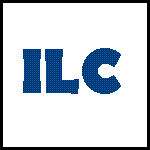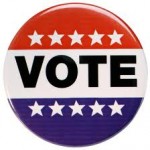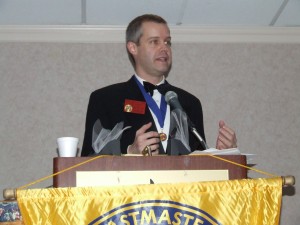 The International Leadership Committee (ILC) announced its nominees for international office. The ILC selected James Kokocki (from Canada) and Mohammed Murad (from Dubai) for Second Vice President, so I will be running from the floor. This isn’t really a bad thing, since floor candidates won the last two elections (John Lau from Malaysia and George Yen from Taiwan). Plus, I received the most mentions in the International Officer Candidate Survey (IOCS), so I have strong support for the August election in Las Vegas.
The International Leadership Committee (ILC) announced its nominees for international office. The ILC selected James Kokocki (from Canada) and Mohammed Murad (from Dubai) for Second Vice President, so I will be running from the floor. This isn’t really a bad thing, since floor candidates won the last two elections (John Lau from Malaysia and George Yen from Taiwan). Plus, I received the most mentions in the International Officer Candidate Survey (IOCS), so I have strong support for the August election in Las Vegas.
I’m disappointed that only 60% of the IOCS recipients replied despite multiple e-mails from WHQ and multiple phone calls from the candidates. The current and immediate past district governors account for most of the IOCS recipients, and these are people who are deeply involved in our organization. I wish I knew why they didn’t (please e-mail me if you’re someone who didn’t reply, or comment below). I’m guessing they think their opinion doesn’t matter, or they believe they don’t know the candidates well enough to provide an informed opinion.
The midyear board meeting had other interesting developments. Perhaps the biggest was that there’s movement towards providing more materials on-line. The briefing mentioned that the board had approved “digital content transition” guiding principles, but included no details on what those were.
Here are some guiding principles that I recommend (I’ve written on this before):
- There’s no practical way to protect something once it’s released on-line; copy protection doesn’t work (look at DVD and Blu-ray) and is always broken. It only takes one person to break it and then post it openly for everyone else to use.
- Requiring use of any particular proprietary software for it to be accessed will block a significant number of people. Plain HTML (web pages) and PDF (many readers available) are the only practical choices. Anything else won’t work for people who are on Apple or Linux, or on a phone or tablet, or some other device that doesn’t support the proprietary software, or who are using a PC they’re not allowed to install software on (like at work or a library). (PDF files are already available for manuals provided to visually-impaired members.)
- The value in Toastmasters isn’t in the published material, it’s in the club meetings and evaluations. Someone downloading a manual isn’t going to get a lot out of it unless they have a club meeting to go to.
- The on-line materials must be printable, so that overseas users who want paper can avoid the shipping costs, and so the evaluation page can be printed and filled out at the meeting. We must still provide the option of buying printed manuals.
- The organization doesn’t make a significant amount of profit on selling educational material (revenue approximately matches printing and shipping costs), it’s not a revenue stream that we need to worry about preserving.
- Openly publishing the educational materials would quickly make it very obvious to everyone that we really are the world leader in oral communications.
The rebranding initiative is nearly ready for release, and will be announced at the August convention. This is pretty exciting, and International President Pat Johnson writes more about why we need this in her March 2011 column in the Toastmaster magazine.
There’s also a major consolidation and reorganization of the policies and protocols, rolling it up into a single comprehensive document, available April 1. This will be a lot easier to use and understand than the dozens of PDFs we have to reference now.
Next step for me is to prepare for the district spring conferences, they start next month!

